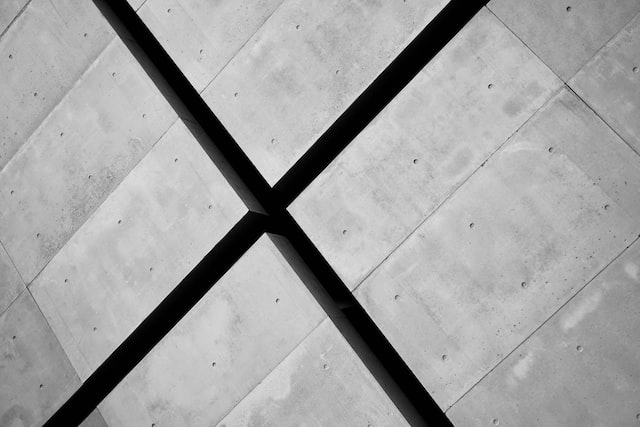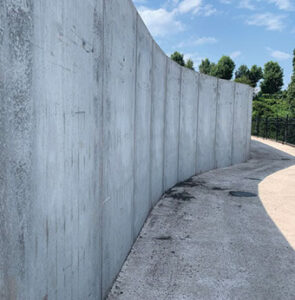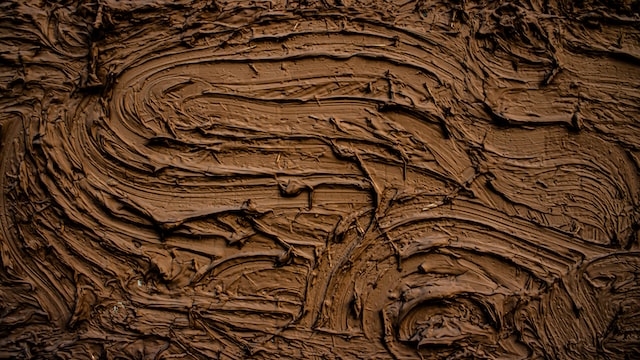Usually, we limit the weight to about 40 lbs/square foot on an unknown 4″ floor. In most cases, you can get up to 80 lbs/square foot on insulated areas, but if you don’t know the approximate supports and floor reinforcement of that slab, cracking is likely.
And how much do 10 cubic yards of concrete weigh? Weight of 10 cubic yards of concrete: – Usually, 1 yard of concrete weighs about 3600 pounds or 1.8 tons dry before being mixed with water; on average, 10 yards of concrete weighs about 36000 pounds or 18 tons dry.
Is reinforcement required for a 6-inch slab?
Reinforcing bars are recommended for concrete 5-6 inches deep. The type of concrete and its intended use affect the need for reinforcement. The rebar should be placed in the center or slightly above the center of the concrete slab, so a certain thickness is required for best results.
What is the strength of 7 cm of concrete? Therefore, the nominal value of “4,000 PSI” corresponds to the standard 4-inch thickness of a concrete residential slab. This means that a 3-inch slab will be slightly weaker, while a 5-inch slab will be slightly stronger in terms of compressive strength. Tensile strength is more difficult to measure.
Second, how much weight can 15 inches of concrete support? Determining the thickness of the slab
If the thickness of the slab is different, you need to use an engineering table or learn some complex equations to calculate the weight the slab can support. For example, a 6-inch slab with a compressive strength of 700 psi can hold 1,105 psi.
How many yards of concrete does It need for a 24×24 slab?
For example, for a 24′ X 24′ X 4″ concrete slab, enter 4 in the Thickness/Depth field, 24 in the Width field, and 24 in the Length field. Click “Calculate. The answer should be 7.11 meters. Note: The concrete volume calculator can also be used to determine the yardage of aggregate products.
How many 80-lb bags of concrete make one yard? An 80-lb bag of Quikrete concrete mix produces about. 60 cubic feet. It takes 45 bags to obtain one cubic foot of concrete.
How much concrete is in a truck? Concrete mixers typically weigh 25,000 lbs on their own, and when completely loaded, they may weigh up to 40,000 lbs. Their capacity is about 8 cubic yards but can go up to 10 cubic yards when fully loaded.
Is gravel needed under concrete?
A solid gravel base is necessary for a driveway or a patio to prevent the concrete from cracking and shifting. Gravel is especially important in clay soils because they do not drain well. Water then collects under the concrete slab and slowly erodes the soil as it drains away.
Can I use wire mesh to reinforce the concrete? Wire mesh can be safely used as reinforcement in concrete when not used in structural or heavy areas. Wire mesh or wire can add tensile strength that concrete does not have, making the concrete stiffer when subjected to certain pressures.
Which is better: rebar or wire mesh?
In summary, rebar versus wire mesh can have some costly differences. Rebar is stronger and provides constant contact with the ground, while the mesh is unpredictable and often results in weak concrete foundations.
How thick should the concrete be to prevent cracks? To prevent cracking due to loading, it is necessary to ensure that the slab is built on an evenly compacted and well-drained surface and that It is strong enough to withstand the type of use for which it is intended. For residential concrete, 4 inches is the minimum thickness for floors and patios.
Can concrete be too strong?
High-strength concrete generally has a higher cement content than low-strength concrete, resulting in higher heat of hydration. This can lead to cracking in concrete units due to the large temperature difference. This is especially common in massive concrete structures such as basins, piers, pile caps, dams, etc.
What is the concrete thickness for trucks?
RECOMMENDED CONCRETE THICKNESSES
For medium-duty applications: 5″ to 6″ Concrete – Driveways and parking lots for light and medium-duty trucks
How many wheelbarrows are there in one meter of concrete? Depending on the wheelbarrow size (2 or 3 cubic meters per wheelbarrow), it takes between 9 to 14 full loads for one cubic meter.
How much weight can a concrete floor bear?
Most poured concrete is at 3500 PSI, and most hand-mixed concrete is at 5000 PSI. That’s 3,000 to 5,000 pounds per square inch you can handle… you have nothing to worry about.
How much does a 24×30 concrete slab cost?
A 24×30 slab covers 720 square feet. With an average price of $6 per square foot, you can expect to pay around $4,320 for a slab foundation. However, the price can vary between $4 and $8 per square foot, bringing the total cost to between $2,880 and $5,760.
How much does 10 meters of concrete cost?
The cost of concrete delivery and placement is usually between $119 and $147 per cubic meter, depending on the PSI of the concrete. A 10-meter truck with delivery costs between $1,169 and $1,144, enough to build a 20 x 24-meter driveway.
How many meters of concrete do I need for 10×10 tiles?
For a 10×10 tile, the amount needed is 1.3 cubic meters. Always add 10% more for variations in slab depth or leaks.
How many wheelbarrows are there in one meter of concrete?
Depending on the wheelbarrow size (e.g., 2 or 3 cubic meters per wheelbarrow load), 9 to 14 full loads are needed to produce one cubic meter.
How many sacks of concrete are needed for a 10′ x 10′ slab?
The thickness of the 10′ x 10′ slab determines how many sacks are needed. The average thickness of the 10′ x 10′ concrete slab required is 4 inches. If the concrete slab thickness is 4″, a 10′ x 10′ slab will require 56 bags of concrete weighing 80 lbs.
How large is a yard of 4-inch thick concrete?
One cubic yard of concrete: 4 inches thick – covers 81 square feet. 5 inches thick – covers 65 square feet. 6 inches thick – covers 54 square feet.















